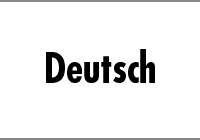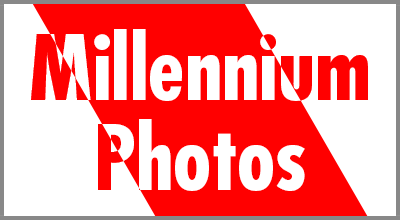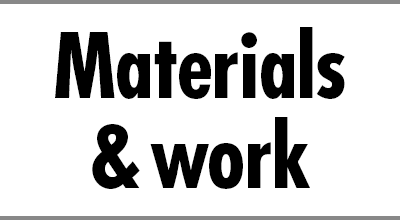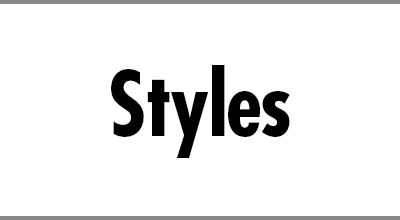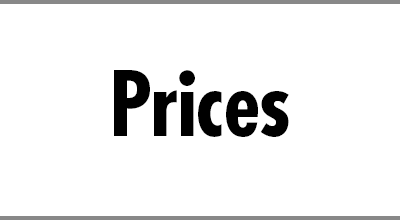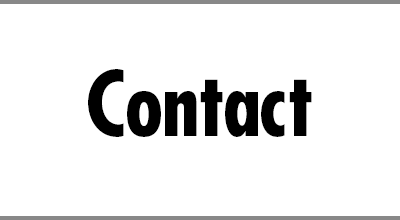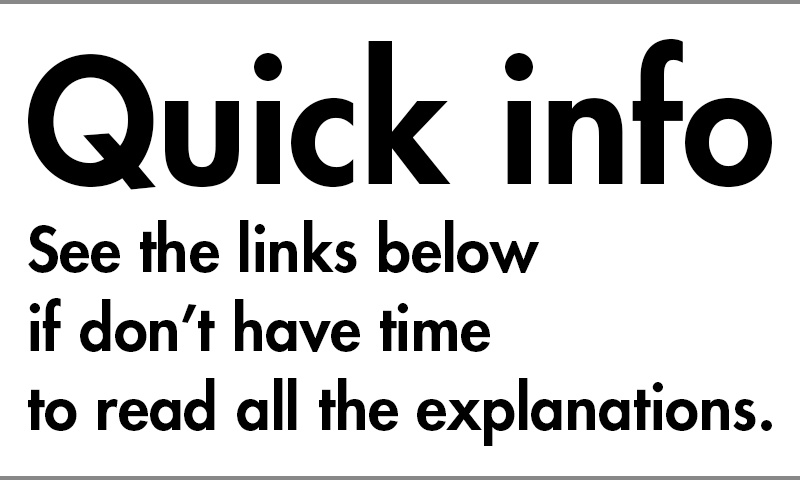In recent years, various types of products have been sold with laser engraving of text and shapes. Services which laser-engrave names on products with metal outer layers, such as mobile phones and laptops are widely available. In addition to aluminum and stainless steel, many other different types of materials are available, such as black granite, glass, acryl, plastic and wood.
A large number of different methods are used in applying laser-engraving to such materials, and these are broadly categorized into those with an exposed metal base achieved by removing an alumite layer or plating from the metal surface using a laser, and those involving coloring by burning pigments onto the metal surface.
Most generally available low-cost processed products use the former technique, which only burns the surface. Since this only reaches very shallow layers, it cannot be used for making deep grooves. Products such as those processed with aluminum digital gadgets are those on which alumite layers or coating are burned and etched on the metal surface. Alumite products form an oxidized coating on the surface of an aluminum plate, which is colored using pigments. The aluminum base underneath it can be seen; however, since aluminum is exposed here, it tends to discolor white.Lasers are used for imprinting text with coloring. This is relatively robust processing, and is used for applications such as signage. This is similar to printing, and there is nothing new about it in terms of design, except for the fact that text is printed on metal. However, chemical agents burned on metal using heat from lasers only adhere color materials onto the surface in the same way as with printing; therefore, they do not withstand friction, and have lower durability. Please note this aspect if you would like to retain products for long periods of time.
In short, most laser engravings which are widely used at present can only process up to a shallow material layer depth. Such products are basically almost flat, and cannot form gaps or convex/concave shapes by physically engraving materials.
Some products employ such technology in burning photo images. These products only process such images on the surfaces of metal plates, and therefore, they do not have the unique shine of Millennium Photos, which are created through the complex reflection of light on engraved convex/concave shapes. Products with such metal surface processing only have blurred and flat surfaces. They are not much different from black-and-white images printed on paper in terms of their appearance. The fact that the aggregation of fine dots expresses brightness and darkness is also the same as that in ordinary printing. Moreover, since the dots are coarser than that of printing, and due to the low contrast, the quality of such images is lower when compared with printing and photos on paper.
Millennium Photos have coarser images than with general laser engraving; however, they have a unique characteristic of a three-dimensional feel, which printing does not have. Laser engraving does not have unique characteristics, which would differentiate it from printing and paper photographs. Text processed on metal plate surfaces using laser engraving are very precise and have extremely beautiful finishing, giving a unique texture and sense of quality. However, it seems that laser-engraved photos are not superior to other products.
You can immediately see the difference with Millennium Photos. A picture is worth a thousand words. Please contact us to experience this for yourself.





